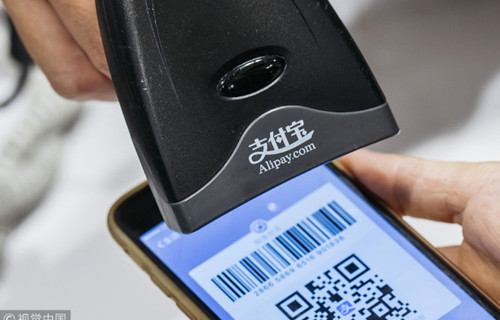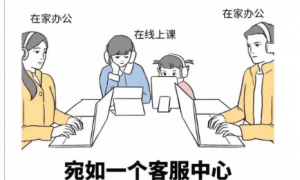央行新规让条码支付从此告别“无证驾驶”与“危险驾驶”,明年4月起执行。

The People’s Bank of China (PBOC) announced plans Wednesday to regulate QR code payment to contain risks arising from the popular service.
星期三(12月27日),中国人民银行宣布,计划对广受欢迎的二维码支付进行监管,以控制因此产生的风险。
Payment institutions must obtain proper permits to offer barcode-based payment services, according to a document released by the PBOC.
根据央行发布的一份文件,支付机构必须获得适当的业务许可,才能提供基于条码的支付服务。
Both banks and non-banking payment institutions must channel cross-bank transactions involving barcodes through the clearing system of the PBOC or other legal clearing houses.
银行及非银行支付机构开展的条码支付业务涉及跨行交易时,应当通过人民银行跨行清算系统或者具备合法资质的清算机构处理。
The institutions should also enhance their security to prevent data breaches, according to the document.
该文件称,这些机构还应加强安全防范,防止数据泄露。
Paying through QR code is increasingly popular. By scanning QR codes at convenience stores, subway stations or street vendors, people can buy almost anything.
扫码支付越来越受欢迎。人们在便利店、地铁站或街头小摊位上都可扫描二维码,几乎可以用来买任何东西。
The number of China’s mobile payment users has exceeded 520 million, according to Ant Financial, Internet company Alibaba’s financial affiliate.
据互联网公司阿里巴巴旗下金融子公司蚂蚁金服的数据,中国移动支付用户已超过5.2亿。
But the growing popularity of the payment method has also brought concerns such as security issues and unfair market competition, the PBOC said in the document.
不过,央行在文件中表示,这种支付方式广受欢迎的同时也带来了安全隐患和不公平的市场竞争等问题。
The central bank has always been seeking a delicate balance between encouraging innovation and controlling risks, and the new standards on barcode payment have reflected that principle, it said.
文件中说,央行一直都在鼓励创新和控制风险之间寻求一种微妙的平衡,而对条形码支付的新标准也反映了这一原则。
The standards will be put into trial use from April next year.
该标准将于明年4月开始试行。







